A computer-on-module (COM) is a device that can be integrated into electronic systems. It is a compact module that includes all the components needed for a computer system, such as the processor, memory, and input/output interfaces. The COM can be plugged into a custom-designed carrier board, which provides the necessary power and connectivity to interact with other devices in the system.
One of the main advantages of using a COM is its flexibility and ease of integration. Developers can quickly and easily add computing power to their electronic systems without designing and building a custom motherboard. This saves time and resources, as well as simplifies the design process.

COMs are often used in embedded systems, such as industrial automation, medical devices, transportation systems, and military equipment. They are also used in other applications, including kiosks, point-of-sale terminals, and internet of things (IoT) devices.
Portwell offers Computer-on-modules solutions for all organizations. Please browse our computer-on-modules boards today or contact us to identify the best option for your organization’s needs.
Portwell’s boards provide a dependable, powerful, and economic basis to meet your carrier board design. We offer one-stop shopping, so you can get to the markets faster with complete assemblies, including housings, and keep your products available for many years with life cycle management. You can take a big step forward into a successful future with our proactive project management and ISO 9001:2000 certificate.
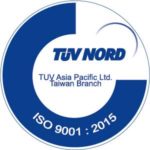
The CPU module delivers the core functionality while all application-specific features are designed into the baseboard creating a semi-custom embedded PC solution. If you want to enable faster time-to-market and cost-effective customization alternatives, COM (Computer-On-Module) is the answer. COMs are highly integrated component SBCs that support system expansion and application-specific customizations and improve form, fit, and function, minimizing current and future design risks. They also provide lower product lifecycle costs through module scalability and interchangeability.
COM Express defines standardized form factors and pin-outs for Computer-on-Modules. The standard includes the mini form factor (84 x 55mm), the compact form factor (95 x 95mm), and the primary form factor (125 x 95mm). Digital Display Interfaces (DisplayPort, HDMI®) and super-fast USB 3.0 were recently added to the pin-out definitions for COM Express modules to serve industry requirements.
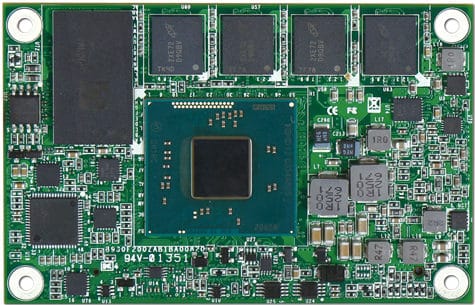
COM-Express® Mini: COMe Mini form factor (84 x 55mm) and Type 10 pin-out.
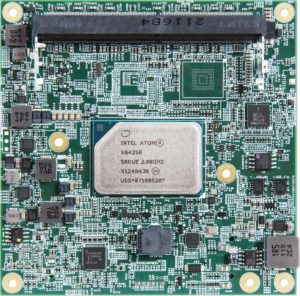
COM Express® Compact: COMe Compact form factor (95 x 95mm) and Types 7 and Type 6 pin-out.
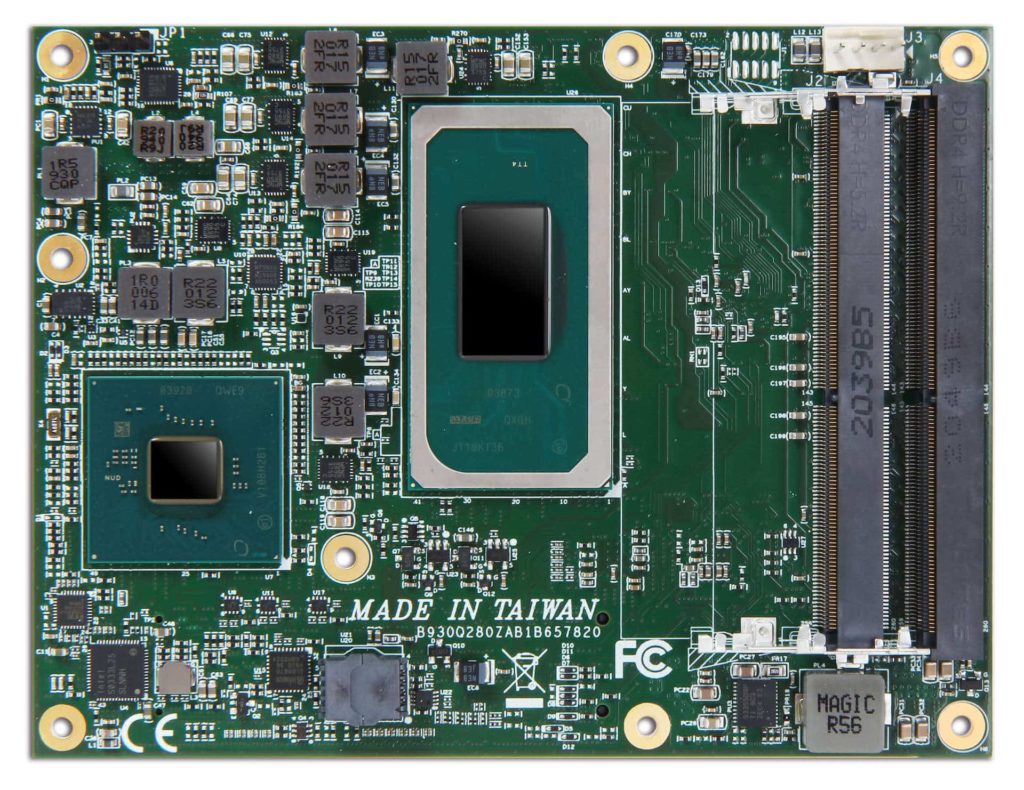
COM Express® Basic: COMe basic size form factor (125 x 95mm) and Types 7 and Type 6 pin-out.
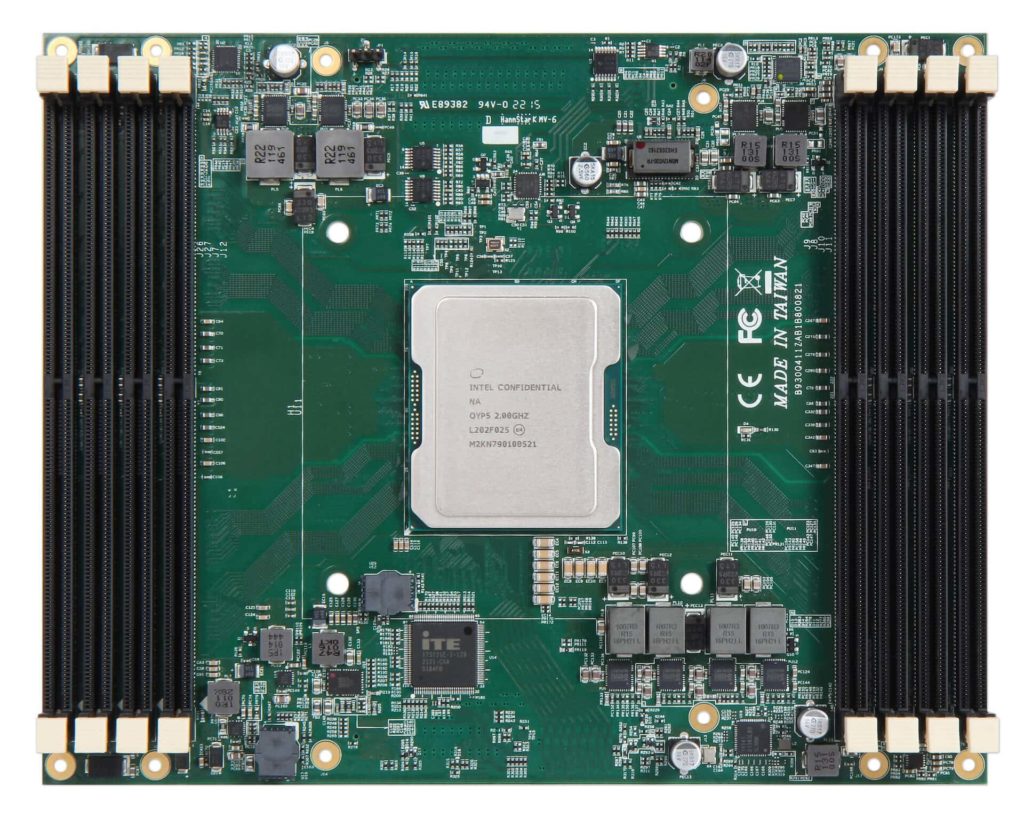
Qseven Module (70 x 70mm) size of the Computer-on-Modules.
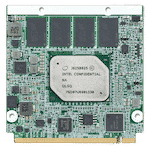
Qseven modules, developed by the Standardization Group for Embedded Technologies (SGET), offer system developers low-power, energy-efficient solutions perfect for applications where space is a constraint. With footprints as small as 70 mm x 70 mm, Qseven modules are the ideal choice for embedded applications that require small form-factor computing.
SMARC Module (82 x 50mm/82 x 80mm) size of the Computer-on-Modules.
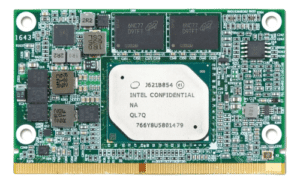
The SMARC (“Smart Mobility ARChitecture”) is a versatile small form factor computer Module definition targeting applications that require low power, low costs, and high performance. Module sizes are 82mm x 50mm and 82mm x 80mm with 314 edge fingers that mate with a low profile 314 pins 0.5mm pitch right angle connector.
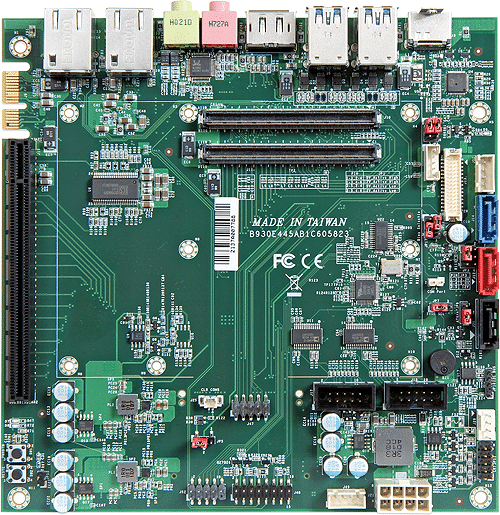
Portwell’s COM-Express®, Qseven, and SMARC development (carrier) boards help customers evaluate and establish customer application programs before starting the carrier board design. It can be used as a reference design to reduce customers’ design effort and assess performance and computing reliability early.
Portwell provides remote technology to oversee the world. Portwell Distributed Intelligence is essential for increasing capabilities – Remote diagnostic and repair, helping to increase equipment availability. Software reliability by isolating application code and helping to prevent dangerous interactions and security by preventing any node from executing malicious software.
The smart grid allows utility operators to transform their electrical networks with energy demand growth. Using Portwell technologies, which offer higher scalability, performance, energy efficiency, and serviceability, next-generation equipment can provide utilities with improved energy management and lower operating costs.
Each element on the grid will demand a particular set of features; however, most parts can often be designed using a single-processor architecture with exceptional scalability, upgradeability, and flexibility.
The smart grid allows utility operators to transform their electrical networks with energy demand growth. Using Portwell technologies, which offer higher scalability, performance, energy efficiency, and serviceability, next-generation equipment can provide utilities with improved energy management and lower operating costs.
* Specifications are subject to change without notice.
To provide the best experiences, we and our partners use technologies like cookies to store and/or access device information. Consenting to these technologies will allow us and our partners to process personal data such as browsing behavior or unique IDs on this site and show (non-) personalized ads. Not consenting or withdrawing consent, may adversely affect certain features and functions.
Click below to consent to the above or make granular choices. Your choices will be applied to this site only. You can change your settings at any time, including withdrawing your consent, by using the toggles on the Cookie Policy, or by clicking on the manage consent button at the bottom of the screen.